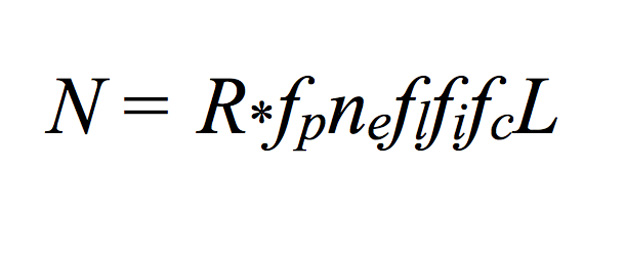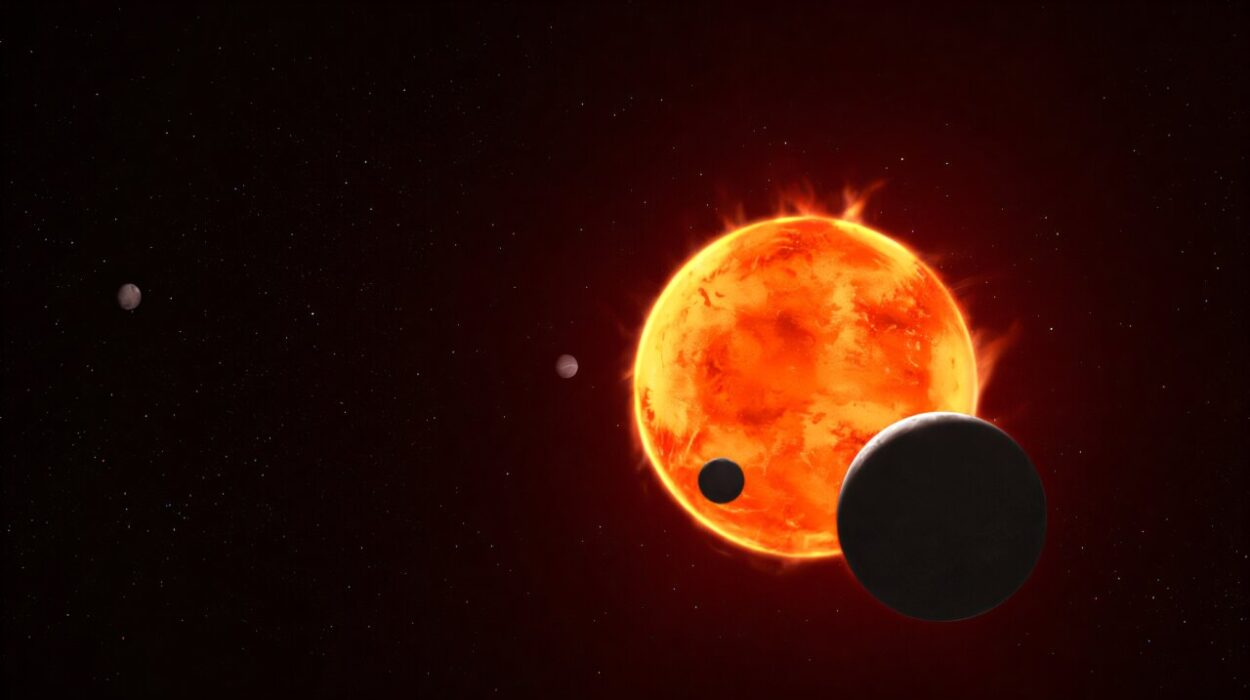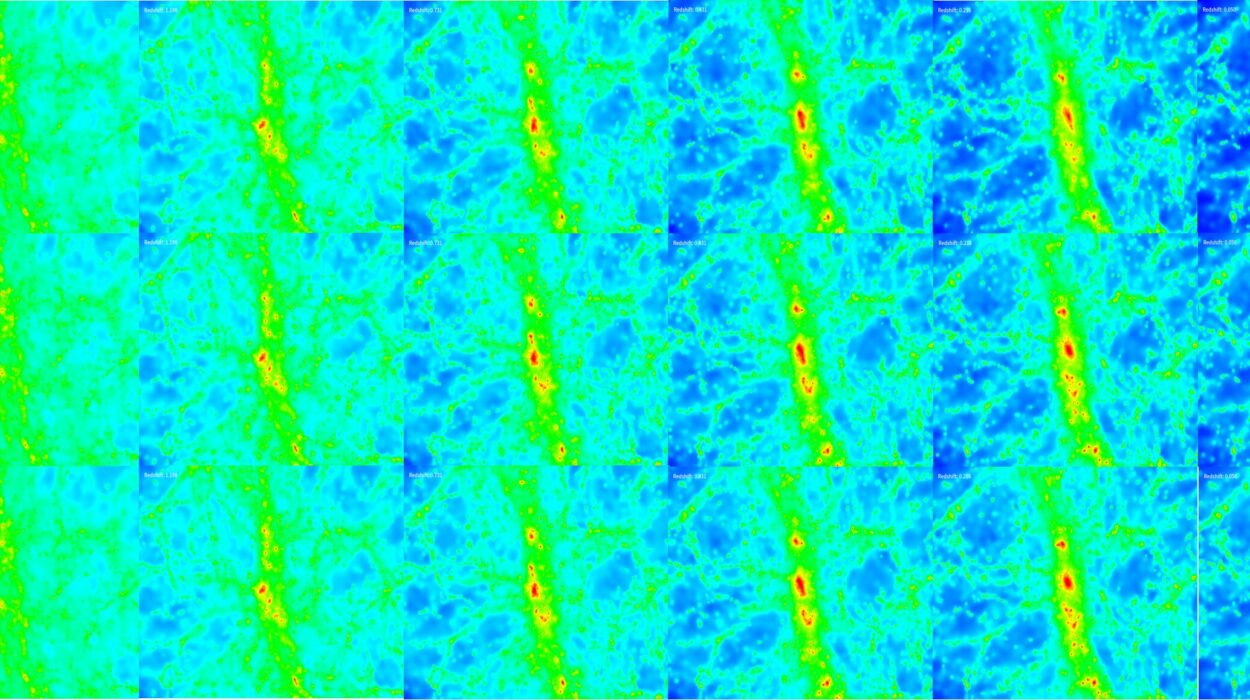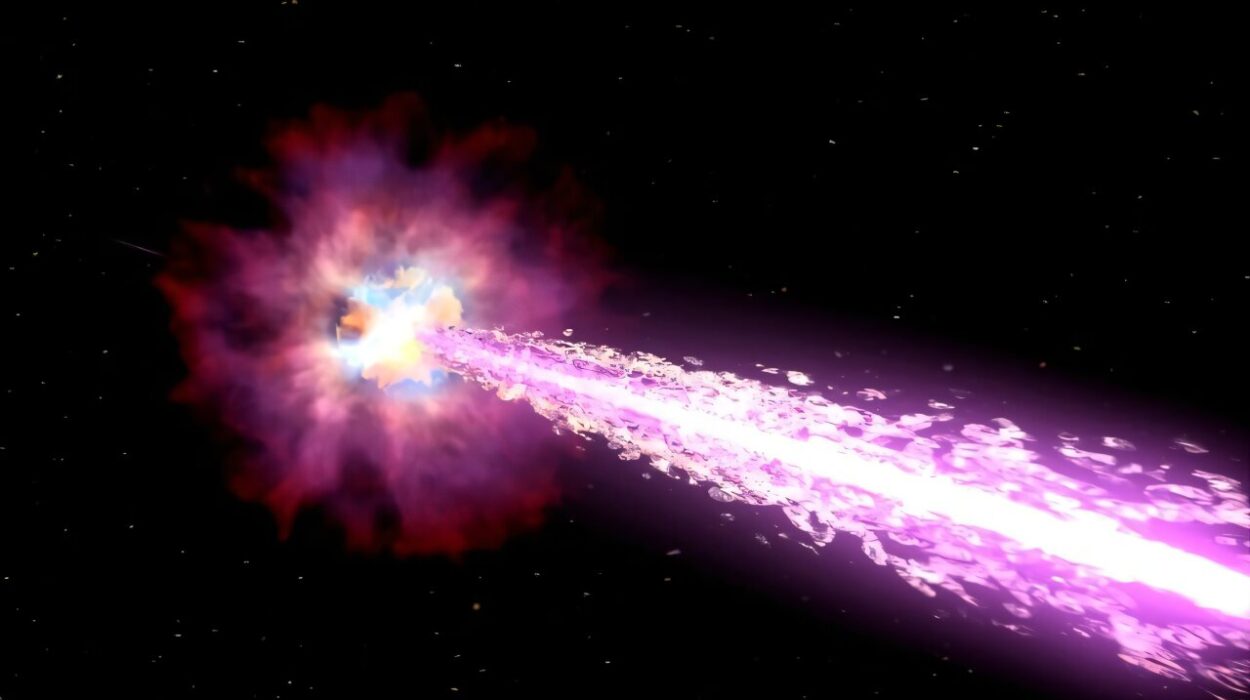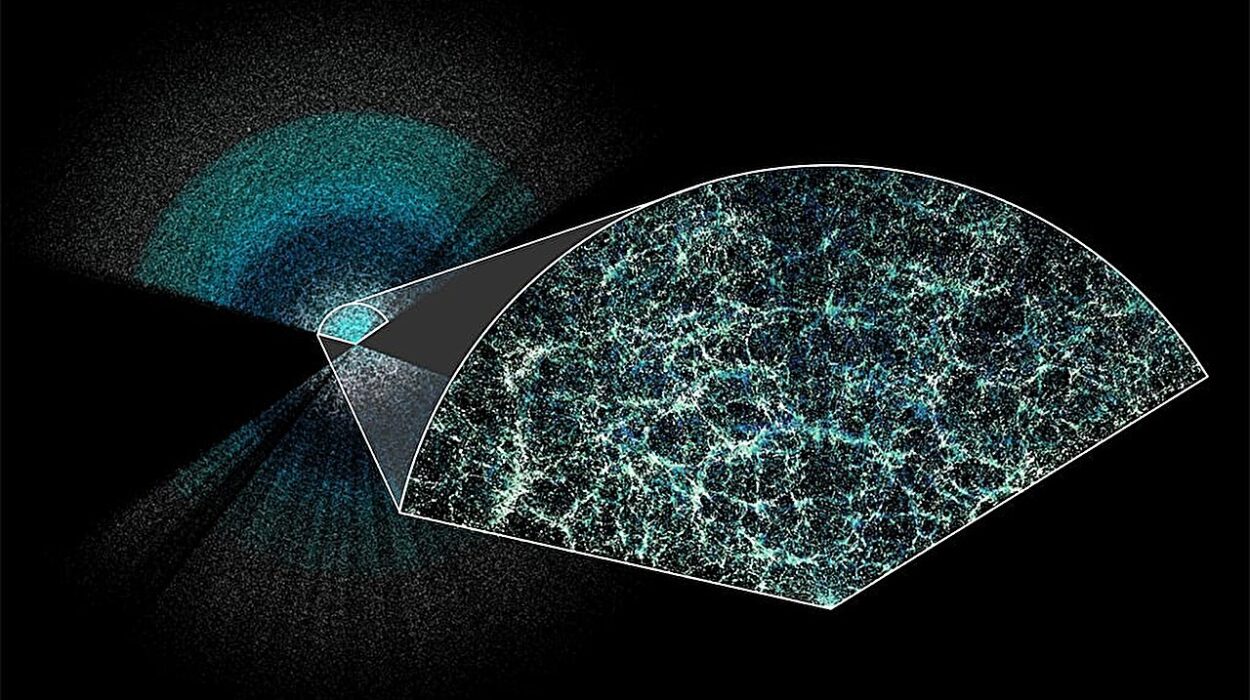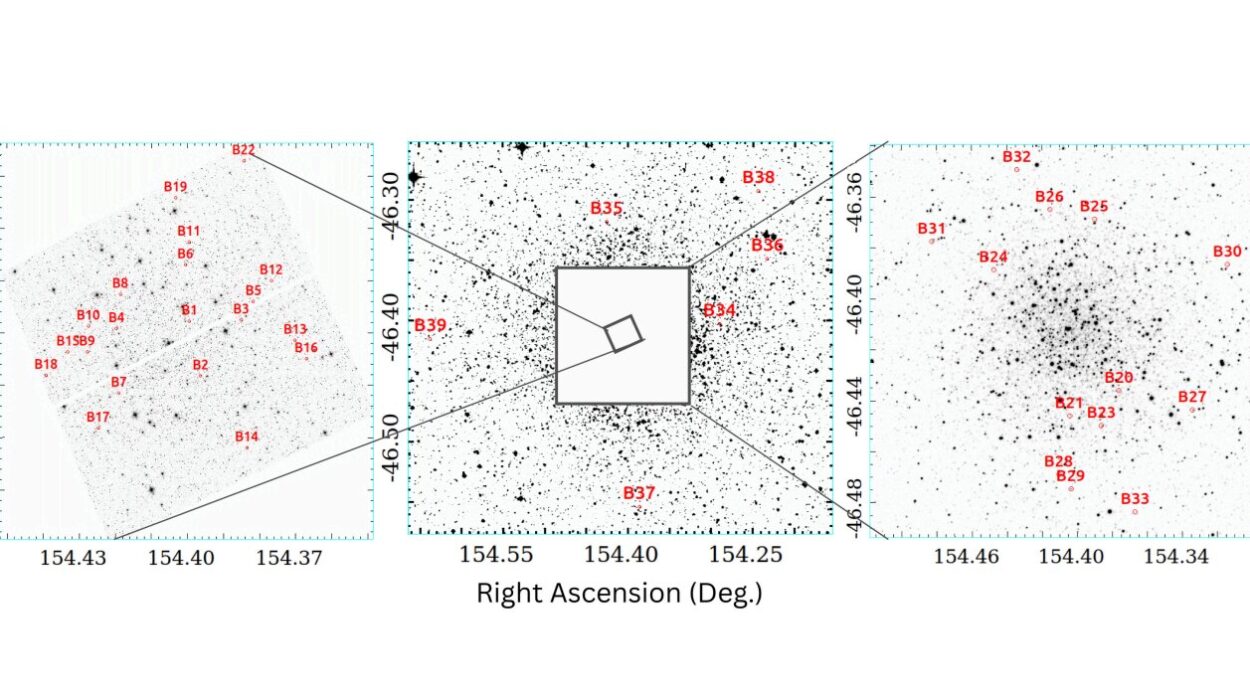Ever since humans first looked up at the night sky, we’ve asked the question: Are we alone in the universe? The stars twinkle in quiet mystery, and the vast darkness between them hints at secrets we may never fully grasp. For millennia, philosophers, scientists, and dreamers have pondered the possibility of life beyond Earth. Are there other civilizations out there—building, thinking, dreaming—beneath their own alien suns?
This question leapt from speculation into scientific inquiry in the mid-20th century, when radio astronomy began to unveil the cosmic silence—or signals—coming from the great beyond. It was during this exciting time of discovery and imagination that a man named Dr. Frank Drake formulated what has become one of the most iconic equations in science—a tool not of calculation, but of contemplation, designed to guide our understanding of the possibility of intelligent extraterrestrial life.
That equation, now known as the Drake Equation, doesn’t provide a definite answer. Instead, it gives us a framework—a cosmic roadmap—to think about life in the galaxy.
So what exactly is the Drake Equation? How does it work? What does it tell us about our place in the universe? And in an age of exoplanet discoveries, powerful telescopes, and robotic space probes, is it still relevant?
Let’s explore the history, meaning, implications, and enduring mystery of this extraordinary equation.
The Birth of a Question
The story begins in 1961, at a conference at the Green Bank Observatory in West Virginia. This meeting was one of the earliest formal gatherings of scientists to discuss the possibility of communicating with extraterrestrial life. Frank Drake, an American astrophysicist and radio astronomer, had been working on SETI—the Search for Extraterrestrial Intelligence—and wanted to structure the conversation with a formula that could help estimate the number of detectable civilizations in our galaxy.
Drake didn’t intend to create a final, conclusive model. Instead, he created an equation that would stimulate scientific discussion and help researchers break the vast, abstract idea of “alien life” into manageable, logical parts.
The result was simple in appearance but profound in implication:
N = R × fp × ne × fl × fi × fc × L*
Each of these variables represents a step in the cosmic process that might lead from stars forming to civilizations communicating. Let’s break it down.
The Drake Equation: A Variable-by-Variable Breakdown
Each term in the Drake Equation stands for a factor that affects the number of active, technologically advanced civilizations in the Milky Way that we might be able to detect.
Let’s examine each part in detail.
R* – The Rate of Star Formation
The first term, R*, represents the average rate of star formation in our galaxy.
This is the cosmic birth rate—how many new stars are born each year. Why is this important? Because without stars, you can’t have planets, and without planets, you can’t have places for life.
In the 1960s, estimates of this rate were vague. Today, thanks to space telescopes like Hubble and missions like Gaia, we know that our galaxy produces about 1 to 3 new stars per year. This might sound small, but over millions and billions of years, it adds up to hundreds of billions of stars across the Milky Way.
fp – The Fraction of Stars with Planets
Next is fp, the fraction of those stars that have planetary systems.
When Drake first created the equation, we had no direct evidence that other stars had planets. The idea of exoplanets—planets orbiting other stars—was still speculative.
But since the 1990s, and especially with NASA’s Kepler and TESS missions, we’ve discovered thousands of exoplanets, many of them in multi-planet systems. In fact, we now believe that most stars have planets—maybe even all of them.
Today, astronomers estimate fp ≈ 0.9 to 1.0, meaning nearly every star has at least one planet.
ne – The Number of Habitable Planets per Star System
The third term, ne, stands for the number of Earth-like, potentially habitable planets per planetary system.
Not all planets are equal. A gas giant like Jupiter can’t host life as we know it. But Earth-like planets—rocky, temperate, with liquid water—are the most likely candidates.
So how many of these habitable planets are there per star system?
Again, thanks to Kepler and other exoplanet missions, we now know that Earth-size planets in the habitable zone—the region around a star where liquid water could exist—are surprisingly common. Some estimates suggest ne ≈ 0.1 to 0.2, meaning 10 to 20 percent of stars may have a planet that could support life.
fl – The Fraction of Habitable Planets Where Life Actually Arises
This is where the speculation begins to increase. fl is the fraction of those planets where life actually emerges.
Even if conditions are right, does life always start? Or is life an extremely rare accident?
On Earth, life seems to have arisen relatively quickly after the planet cooled and liquid water formed—suggesting that life might emerge easily given the right conditions. But we only have one data point: Earth.
Estimates for fl range wildly—from near zero to one. If life is “easy,” fl could be close to 1. If it’s a freak occurrence, it could be much smaller.
fi – The Fraction of Life-Bearing Planets Where Intelligence Evolves
Once life begins, how often does it become intelligent?
On Earth, simple life (microbes) dominated for billions of years before complex organisms and eventually intelligent beings evolved. Out of millions of species, only one—humans—developed the technology to communicate across space.
So is intelligence inevitable? Or rare?
This term, fi, is perhaps even more uncertain than fl. Some scientists think intelligence is a natural progression of evolution. Others believe it’s a fluke that may rarely, if ever, repeat elsewhere.
fc – The Fraction of Intelligent Civilizations That Develop Technology to Communicate
Even if intelligent beings evolve, will they build technology capable of interstellar communication?
Will they invent radio telescopes? Will they choose to broadcast their existence?
Perhaps some civilizations are introspective and never look to the stars. Others may self-destruct before reaching that level. The term fc asks: how many intelligent species become communicators?
Again, we have only ourselves as a model.
L – The Lifetime of Technologically Advanced Civilizations
This is one of the most haunting variables: L, the average lifespan of a technological civilization.
How long do advanced civilizations last?
Are they destroyed by war, environmental collapse, or artificial intelligence? Or do they thrive for millions of years?
This single factor has enormous weight. If L is short—say, a few hundred years—then the number of civilizations existing at any given time is low. But if L is long—say, millions of years—then the universe might be teeming with life.
This term introduces the famous “Great Filter” concept: is there a stage in the development of civilizations that most species fail to survive?
What Does the Drake Equation Tell Us?
Let’s put it all together.
If we assume plausible values:
- R* = 1.5 stars per year
- fp = 1.0
- ne = 0.2
- fl = 1.0
- fi = 0.1
- fc = 0.1
- L = 10,000 years
We get:
N = 1.5 × 1.0 × 0.2 × 1.0 × 0.1 × 0.1 × 10,000 = 30 civilizations
So under this model, there could be around 30 civilizations in our galaxy capable of communication right now.
But change just one variable—say, if fl or fi is much smaller—and N shrinks dramatically.
The Drake Equation is not about finding a single answer. It’s a philosophical framework that invites us to question, explore, and refine our understanding as our knowledge of the cosmos evolves.
The Fermi Paradox: If They’re Out There, Where Are They?
The Drake Equation leads naturally to a second, more unsettling mystery: the Fermi Paradox.
Named after physicist Enrico Fermi, the paradox asks: If the galaxy should be full of civilizations, why haven’t we heard from anyone?
Possible explanations include:
- We’re alone. Life is extremely rare.
- They’re silent. Civilizations avoid communication for fear of danger.
- They’re extinct. Technological societies may destroy themselves quickly.
- We’re early. Other civilizations haven’t had time to emerge yet.
- We’re not listening correctly. Maybe we’re looking for the wrong kind of signals.
- They’re already here. A fringe idea suggesting extraterrestrials are undetected among us.
The Drake Equation and the Fermi Paradox form two sides of a grand cosmic puzzle—how many are out there, and why haven’t we found them?
Modern Updates and Relevance
In recent years, the Drake Equation has been reimagined and updated with data from space missions, radio telescope arrays, and AI models. For instance:
- Kepler helped constrain fp and ne
- SETI has conducted deeper, more sophisticated searches for fc
- AI models are being used to simulate evolutionary paths and estimate fl and fi
Some researchers propose expanded equations that account for more variables, such as:
- Different types of civilizations (based on Kardashev scale)
- Different galactic zones (core vs. spiral arms)
- Cultural, sociological, or ethical development
Despite its age, the Drake Equation remains a central pillar in astrobiology, SETI, and the philosophy of science.
The Human Connection: Why We Keep Asking
Ultimately, the Drake Equation is not just about aliens—it’s about us.
It forces us to confront questions about our own origins, our future, and the nature of intelligence. It asks us to imagine what’s possible, to listen carefully, and to embrace the awe and humility of our place in the universe.
It teaches us that:
- The universe is vast beyond comprehension.
- Life, even intelligent life, may be fragile and rare.
- Communication across light-years requires patience—and optimism.
- Our actions today determine our value of L—how long we might survive as a civilization.
Whether or not we find other civilizations, the search itself enriches us. It pushes us to explore, to unite across cultures and countries, and to consider the long-term survival of humanity.
Conclusion: The Cosmic Mirror
The Drake Equation doesn’t give us a single answer—but it provides a cosmic mirror. In gazing outward into the stars, we reflect on our own world, our own fragility, and our own responsibility.
Maybe one day, we’ll detect a signal—proof that we are not alone. Maybe we’ll travel to another world and find life in a form we can scarcely imagine.
But even if we never hear another voice among the stars, the search will have been worth it. It is a quest not just for others, but for a deeper understanding of ourselves.
Until then, we listen. We wonder. We imagine.
And we remember that even in silence, the universe speaks.
